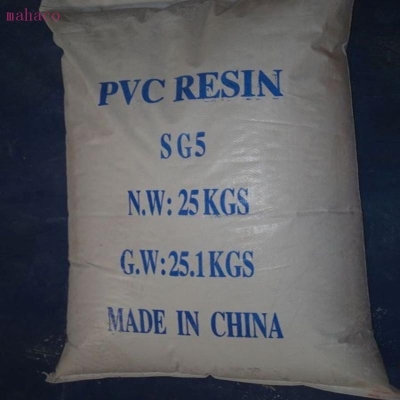-
Categories
-
Pharmaceutical Intermediates
-
Active Pharmaceutical Ingredients
-
Food Additives
- Industrial Coatings
- Agrochemicals
- Dyes and Pigments
- Surfactant
- Flavors and Fragrances
- Chemical Reagents
- Catalyst and Auxiliary
- Natural Products
- Inorganic Chemistry
-
Organic Chemistry
-
Biochemical Engineering
- Analytical Chemistry
- Cosmetic Ingredient
-
Pharmaceutical Intermediates
Promotion
ECHEMI Mall
Wholesale
Weekly Price
Exhibition
News
-
Trade Service
By incorporating small amounts of plasmonic silver nanoparticles into traditional thermoplastic powders, the team was able to incorporate yellow in a range of 3D printed parts
.
"In the visible or near-infrared range, the use of inexpensive and compact diode lasers for low-pass filtering would be ideal, but currently only black objects can be printed by desktop laser printers, " the researchers said in their
paper.
Demand for new LPBF 3D printing polymers
Demand for new LPBF 3D printing polymersWith the increasing popularity of desktop systems and adoption by 3D printing enthusiasts, the demand for new, more efficient polymer substrates has never been higher
.
Although several alternative materials have hit the market in recent years, they often lack the flow, light absorption and melting properties of existing resins
.
Currently, in terms of process parameters, the limitations of TPUs can only be overcome by using CO2 lasers, which are more complex and expensive than existing laser-based systems
.
Carbon's strong absorption in the near-infrared spectrum makes it compatible with many inexpensive diode laser sintering methods, albeit at the cost of blackening the product
.
New 3D printing powder from the Duisburg group
New 3D printing powder from the Duisburg groupTo overcome the color limitations of benchtop LPBF, the research team hypothesized that nanoscale photothermal sensitizers could be added to the 3D printed TPU powder
.
So, the team took silver colloidal nanoparticles (NPs) and mixed them with polymer microparticles in a laser synthesis and colloidal processing (LSPC) process
.
Because almost no plasmonic particles were absorbed onto the polymer surface, the team observed no noticeable change in its color after drying and sieving
.
To fully investigate the suitability of their new powder for LPBF printing, the research team then performed a series of evaluations using a diode laser at 445 nm
.
Tests have shown that the powder has a bulk density 20% lower than that of commercial TPU, suggesting that it may be slightly less fluid as a result
.
Despite the powder's poor flowability, the team went ahead and 3D printed a series of samples
.
While the process proved reliable, producing many yellow parts, it did require five times more energy than printing a conventional black TPU
.
In conclusion, the hybrid test results show that materials developers still need to strike a balance between efficiently heating powdered polymers and adding color to them
.
According to the researchers, further research may focus on developing, producing parts in colors other than yellow
.
The team concludes in the paper: "Plasma Ag-TPU powders can still be colored, but not if carbon black is used
.
Silver nanoparticle-polymer composites also show high potential for applications in biology, catalysis and electronics.
.
"
Perfecting the LPBF 3D printing process
Perfecting the LPBF 3D printing processLPBF additive manufacturing is widely used, especially in benchtop systems, and many organizations are working to optimize the process for heavy-duty applications
.
Additive Industries, a Dutch metal 3D printer supplier, is collaborating with the Fraunhofer Institute to speed up the implementation of LPBF in industrial series production
.
The Twente University-based partnership is analysing all aspects of the process to encourage the integration of LPBF into existing industrial process chains
.
Solid-state metal 3D printing specialist Fabrisonic has teamed up with EWI and Luna Innovations to build a smart substrate for the LPBF additive manufacturing process
.
The device is designed to prevent parts from falling off or peeling off during printing due to residual stress on the bond plate
.
Global standards developer ASTM International is currently developing specific standards for the LPBF 3D printing method
.
Prospective certification will seek to evaluate the quality of the assembled parts as well as the performance of the LPBF system that manufactures the parts
.







